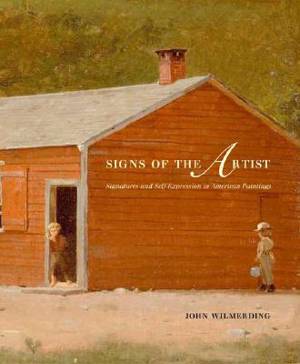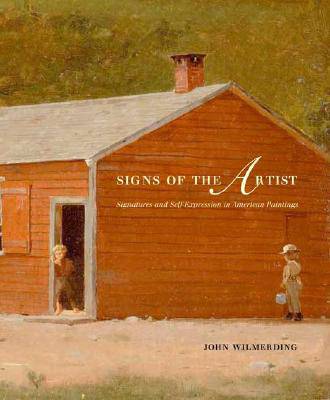
- Afhalen na 1 uur in een winkel met voorraad
- Gratis thuislevering in België vanaf € 30
- Ruim aanbod met 7 miljoen producten
- Afhalen na 1 uur in een winkel met voorraad
- Gratis thuislevering in België vanaf € 30
- Ruim aanbod met 7 miljoen producten
Signs of the Artist
Signatures and Self-Expression in American Paintings
John WilmerdingOmschrijving
Signatures are unique and often reveal something of our individual personalities. In this intriguing book, John Wilmerding--an eminent historian of American art--explores the unconventional use of signatures in paintings. The author focuses on American artists who have not simply signed their works on a corner of the canvas but have intentionally placed their signatures within thepictorial space of the painting. A painter's name or initials might, for instance, appear as an illusion on a wall or floor, on an object within an interior, or on some form in a landscape. Wilmerding examines such signatures in works by twenty-seven artists from the eighteenth through twentieth centuries, including John Singleton Copley, Winslow Homer, Thomas Eakins, Jasper Johns, Andrew Wyeth, and Richard Estes.
After providing an overview of signatures in European art, Wilmerding looks closely at American painting. He argues that by placing a signature within a painting the artist may be making an explicit association with the setting or situation depicted. He demonstrates that such signatures or inscriptions can be viewed as fragments of autobiography or as concentrated glimpses of self-representation. Beautifully designed and handsomely illustrated, this book brings into focus the myriad and complex meanings of artists' signatures and is of interest to anyone who admires and studies American art and culture.
Specificaties
Betrokkenen
- Auteur(s):
- Uitgeverij:
Inhoud
- Aantal bladzijden:
- 216
- Taal:
- Engels
Eigenschappen
- Productcode (EAN):
- 9780300097795
- Verschijningsdatum:
- 10/09/2003
- Uitvoering:
- Hardcover
- Formaat:
- Genaaid
- Afmetingen:
- 214 mm x 266 mm
- Gewicht:
- 1120 g

Alleen bij Standaard Boekhandel
Beoordelingen
We publiceren alleen reviews die voldoen aan de voorwaarden voor reviews. Bekijk onze voorwaarden voor reviews.











